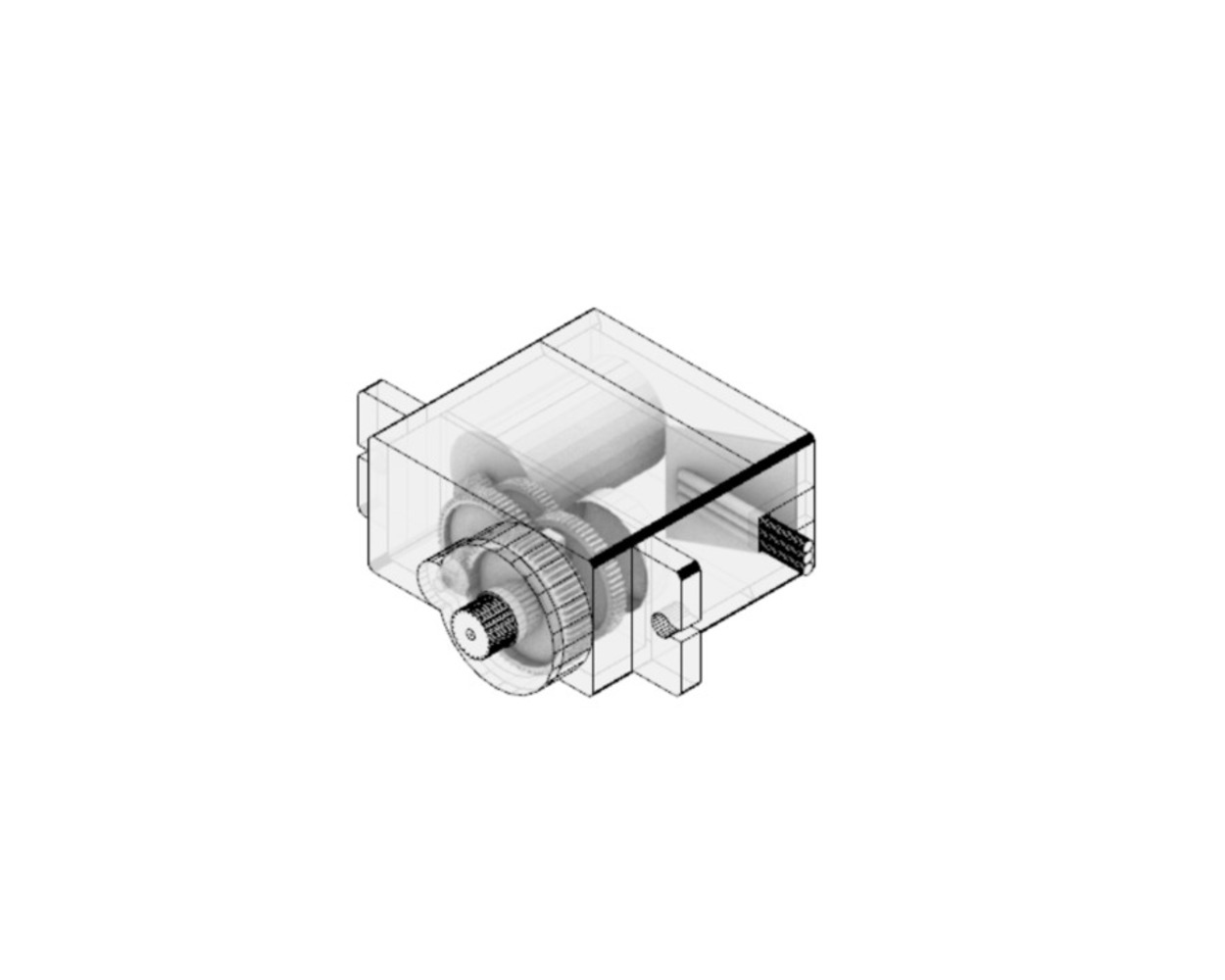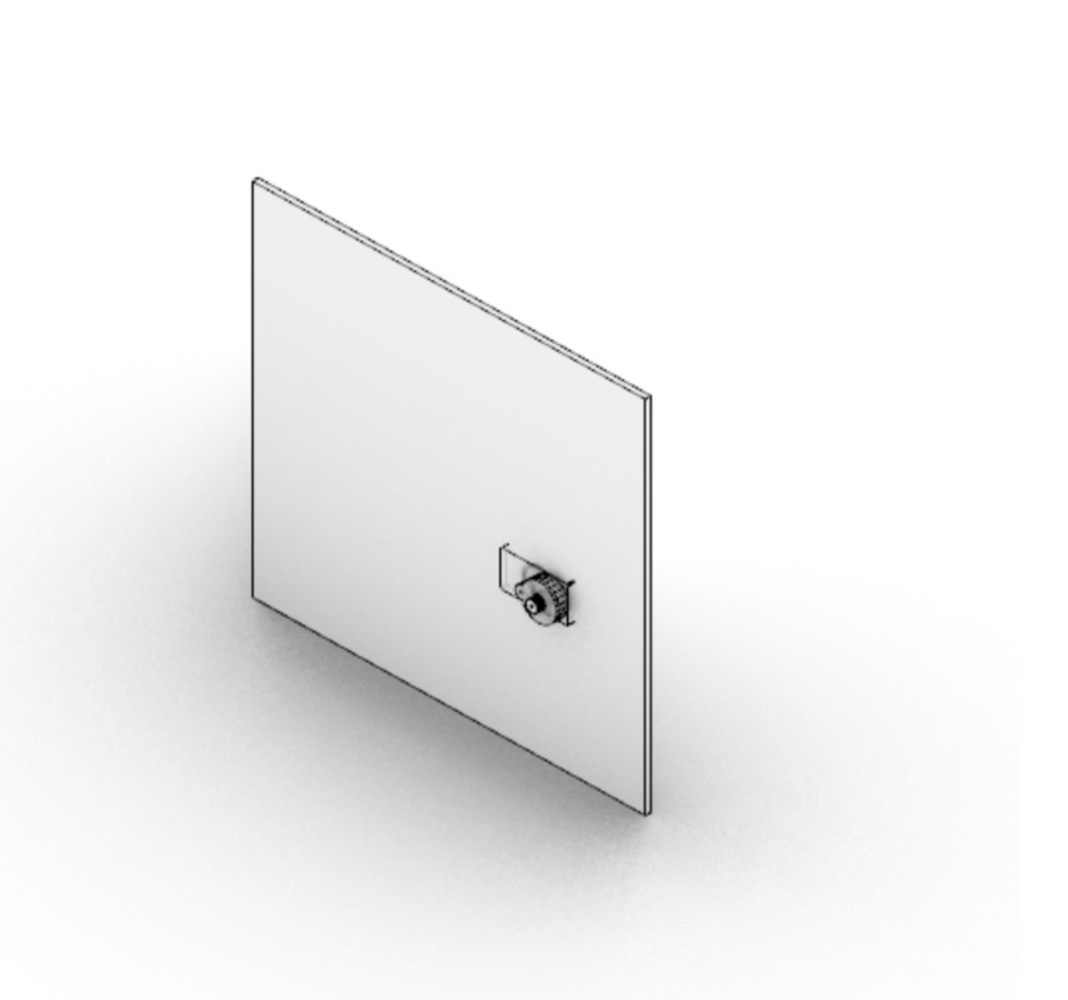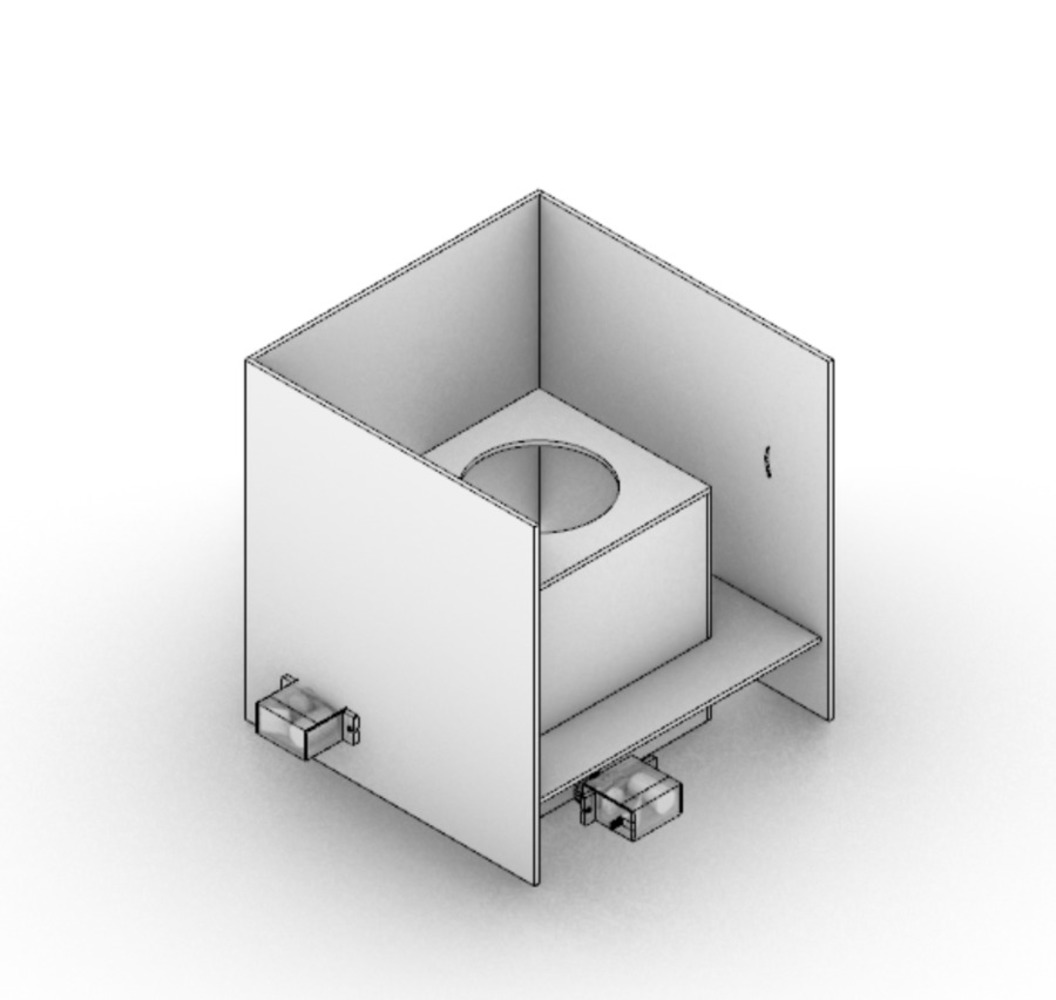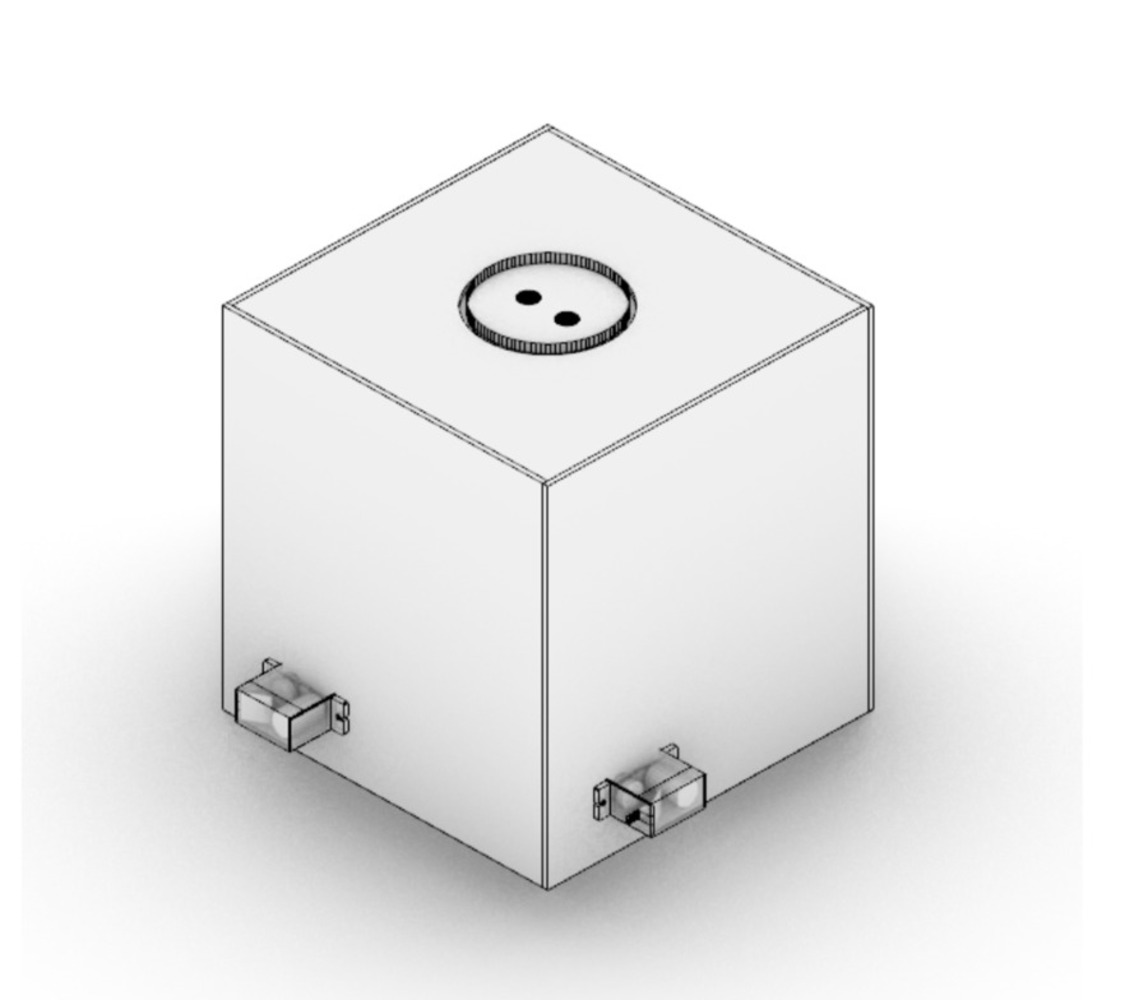Intention
The intent of this project is to challenge the traditional approach to design home automation devices by creating an "anti-switch" socket that responds only to color. The project aims to promote a more interactive and engaging user experience and shift the power dynamic between humans and technology.
The design reflects a critical perspective by questioning the conventional top-down control system of technology and advocating for a more equal and collaborative relationship. The goal is to create devices with their own language of use, requiring users to adapt to them rather than the other way around and to create a more symbiotic relationship between humans and technology, with both parties being equal partners.



